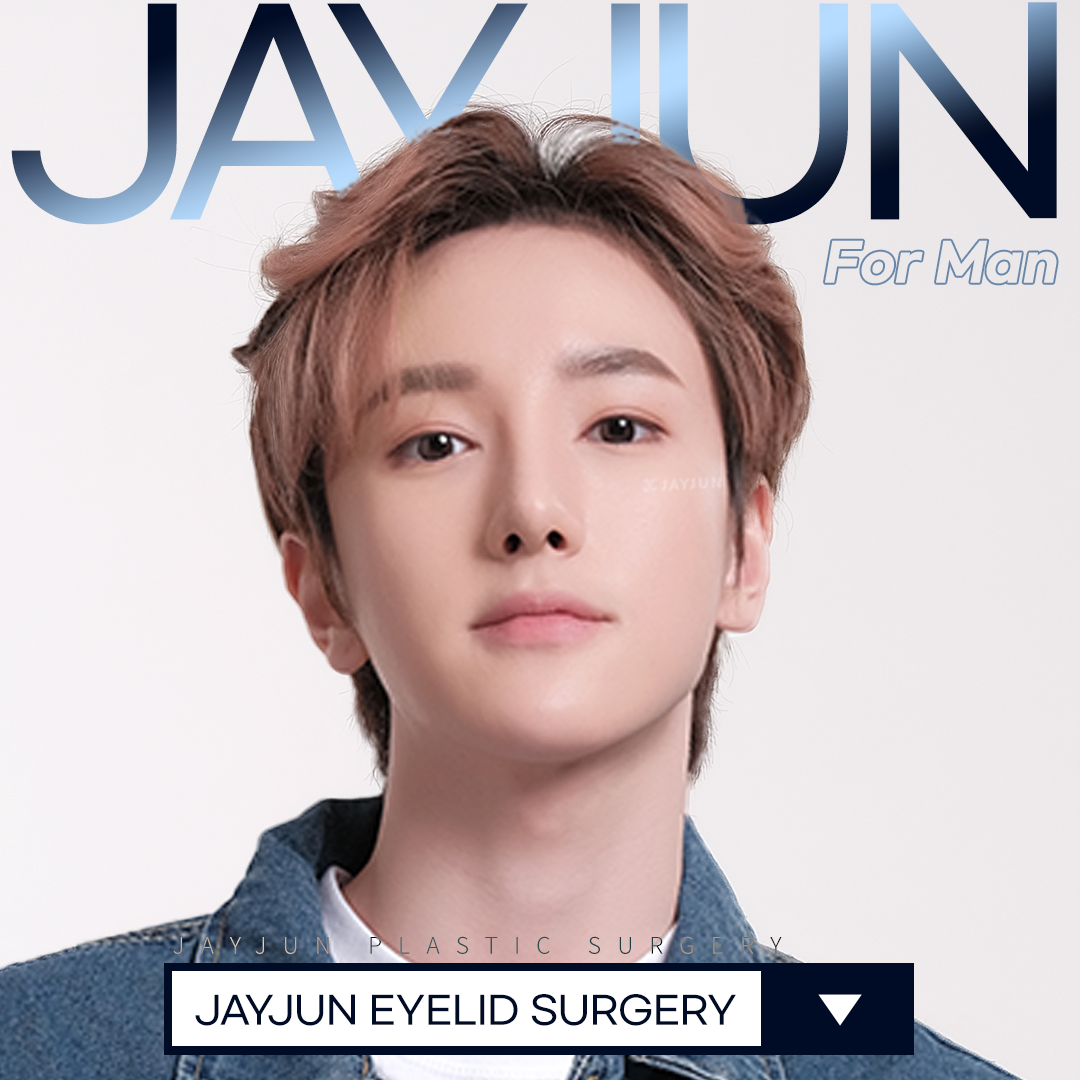➤ Achieving Clear and Natural Eyelids with Male Eyelid Ptosis Correction
Our eyes are a significant part of the body that greatly influences the overall impression of our face, depending on factors such as size, shape, and the presence or absence of double eyelids. As a result, many people of all ages and genders feel self-conscious about having small or stuffy-looking eyes, as they often give off a less-than-positive image.
Recently, as more people consider appearance as a form of competitiveness, there has been an increasing trend of men considering plastic surgery to improve their eyes, which can have a significant impact on their image even with small changes.
Generally, men considering eyelid surgery for image enhancement prefer to improve their eyes with a natural and refreshing look, rather than having overly defined double eyelid lines like women. In eyelid surgery, while women focus on feminine double eyelid lines and images, men tend to prioritize natural, sharp, and masculine-looking eyes that do not draw attention to the procedure.
This might be because overly defined double eyelid lines can give off a burdensome or showy impression. Hence, male eyelid ptosis correction has become popular to achieve a subtle and natural change in the eye line.
Male eyelid ptosis correction is a surgical method that adjusts the tension of the levator muscle responsible for opening the eyes, in order to improve ptosis symptoms like droopy eyelids that make the eyes appear sleepy, stuffy, or obscured, thus making the eyes appear clearer. Such male eyelid ptosis correction can either correct the eye shape without creating double eyelids or create hidden double eyelids depending on the individual's needs, resulting in a natural and unobtrusive appearance. The eyes can be made clear and refreshing while subtly improving the eye shape with monolid or hidden double eyelid lines.
Male eyelid ptosis correction surgery is divided based on whether an incision is made or not.
If the eyelids are thick and have a lot of fat along with severe ptosis symptoms, the eye shape can be improved through an incision. In cases where the eyelid drooping is mild, or there is a relatively small amount of fat and mild ptosis symptoms, improvement is possible through a non-incisional method that involves making several small holes, removing an appropriate amount of fat, and adjusting the levator muscle.
The reason for dividing the correction method based on the presence or absence of incisions is due to individual differences in eye size, eyelid droopiness, and the amount of fat in the eyelids.
Although there are differences in eye conditions and shapes between genders, even with the same eye shape, the surgical methods may differ. In order to achieve a natural and effective correction without drawing attention, it is necessary to establish a plan that suits the individual's current eye shape.
As with all plastic surgeries, male eyelid ptosis correction may also cause postoperative side effects such as pain, inflammation, infection, bleeding, and asymmetry, depending on the individual. In order to prevent these side effects, it is crucial to consult with experienced medical professionals beforehand and establish a meticulous surgical plan.
Considering factors such as the protrusion of the eyeball, the distance between the eyebrows and eyes, eyelid fat and skin thickness, and differences in the strength of the levator muscle is essential for achieving a natural-looking eye shape without overcorrection through surgery.
Therefore, it is crucial to carefully check whether medical professionals with extensive anatomical knowledge of the eye conduct personalized one-on-one consultations to accurately understand the unique characteristics of men's eyes compared to women's, and whether systematic postoperative care is provided.
Keep in mind that satisfactory results can be achieved only if sufficient consultations, a design that meets your needs, and proper postoperative care are provided.
Moreover, the recovery period and outcome of male eyelid ptosis correction may vary depending on personal postoperative care. During the 3-4 week recovery period, avoid alcohol consumption, especially excessive drinking, and refrain from stimulating the surgical area to achieve a refreshed eye shape without making the previously stuffy eye shape noticeable.
.png)
.png)
.png)
.png)
.png)
.png)
.png)
Comments
Post a Comment